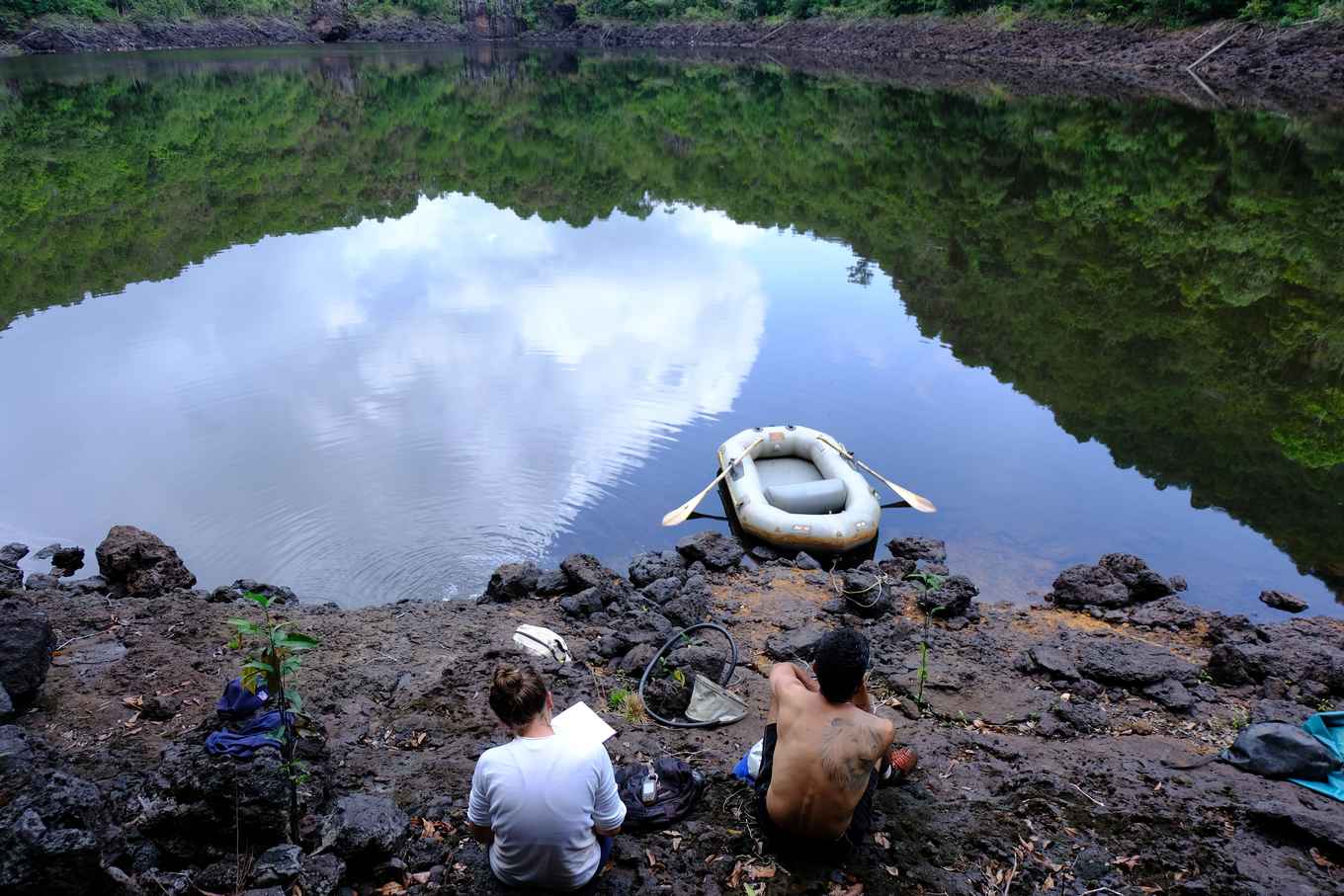Indigenous population collapsed in Americas centuries before Europeans arrived
Using fossil pollen and charcoal data to reset historical timeline
30 April 2021

The authors compiled fossil pollen and charcoal data across the Amazon, revealing that some forests were never manipulated by people. Where a human footprint was evident, it peaked in intensity around AD 1200. ‘What we saw after that, the abandonment of land and the recovery of forest, was a real surprise,’ says lead author Mark Bush from the Florida Institute of Technology.
Pre-European population collapse
Most of the forests examined were already in a state of recovery by the time the first Europeans arrived several hundred years later, indicating a pre-European population collapse. The research team is now looking to assess the drivers and mechanisms of this population drop-off.
Finding the early regrowth of forest is important to ongoing discussions about the impact of Pre-Columbian people on Amazon rainforests and the extent to which modern forests exhibit legacies of past human activity. The team’s findings reveal that many previously deforested lands have been recovering for over 800 years, rather than the 400 years previously supposed. ‘An 800-year old forest is very hard to tell from a completely natural forest,’ says Crystal McMichael of the UvA Institute for Biodiveristy and Ecosystem Dynamics, and co-leader of the project. ‘So if legacy effects remain on the modern forest, they will be very subtle.’
Atmospheric CO2 levels
This research also has implications for atmospheric and biosphere science. It was previously believed that the indigenous population collapse in Amazonia and subsequent reforestation sequestered so much carbon dioxide that global atmospheric CO2 levels decreased, an event known as the ‘Orbis Spike’. Bush and McMichael say they found no evidence that the Orbis Spike was caused by Amazonian reforestation.
The research was funded by grants from the National Geographic Society and the National Science Foundation in the United States and the European Research Council and the Natural Environment Research Council in the United Kingdom.
Publication details
Mark B. Bush, Majoi N. Nascimento, Christine M. Åkesson, Guaria M. Cárdenes-Sandí, S. Yoshi Maezumi, Hermann Behling, Alex Correa-Metrio, Warren Church, Seringe N. Huisman, Thomas Kelly, Francis E. Mayle, Crystal N. H. McMichael: ‘Widespread reforestation before European influence on Amazonia,’ in Science (2021). DOI: 10.1126/science.abf3870